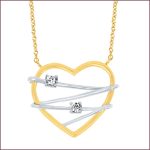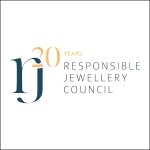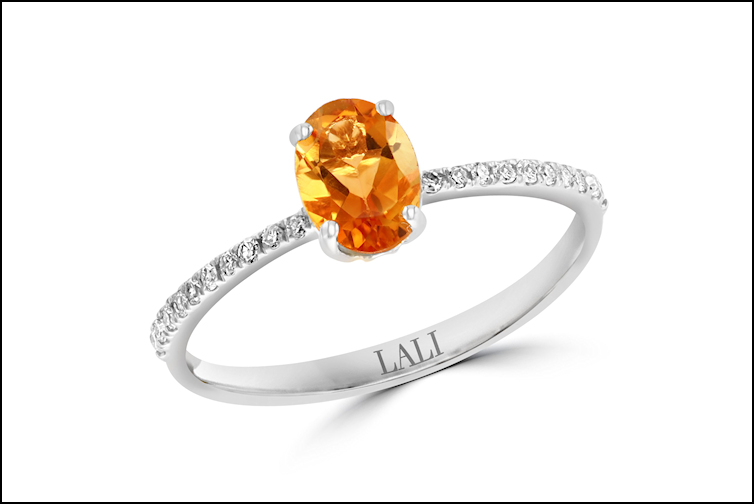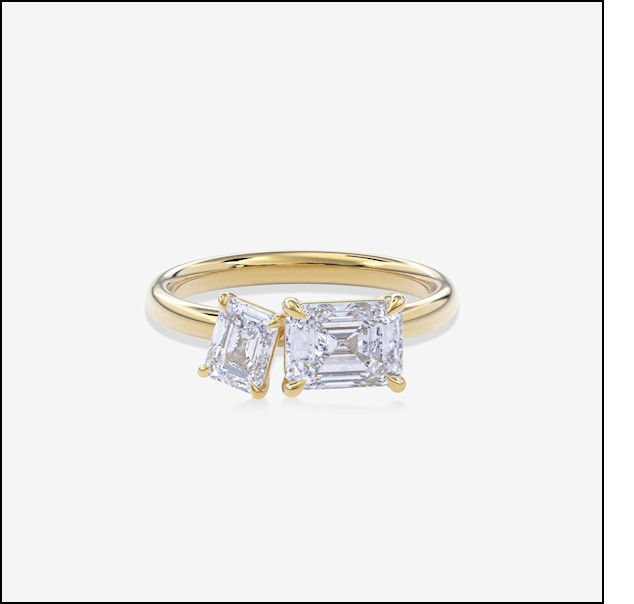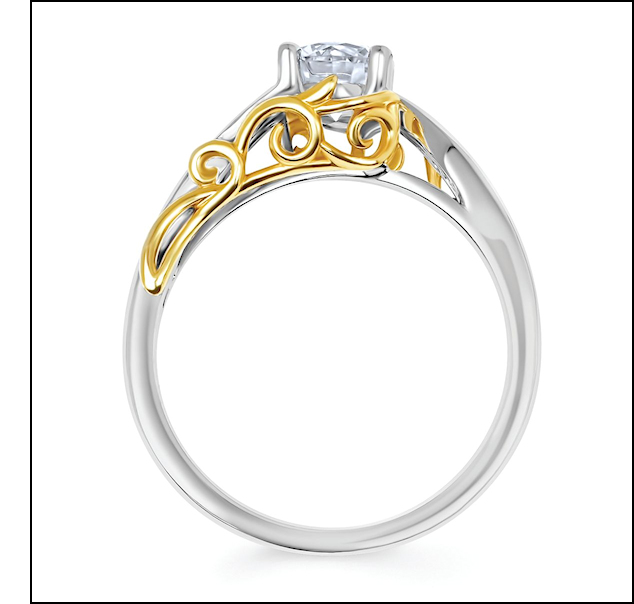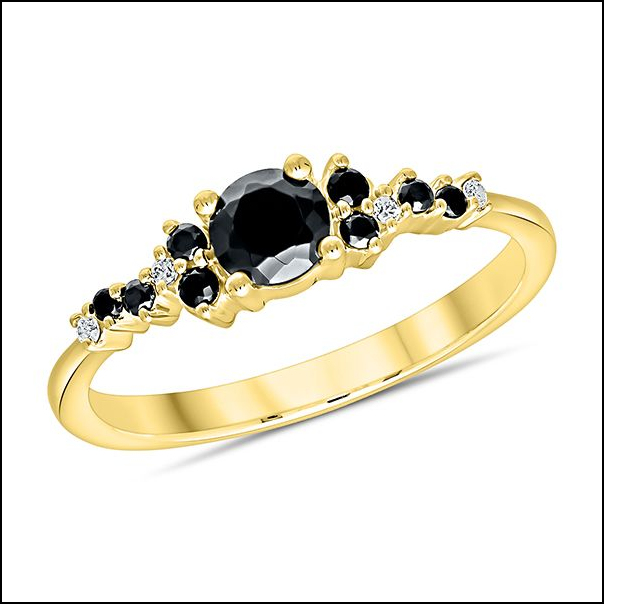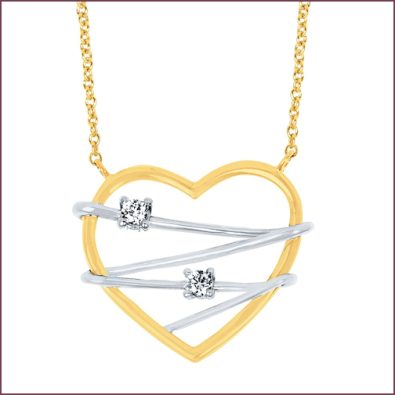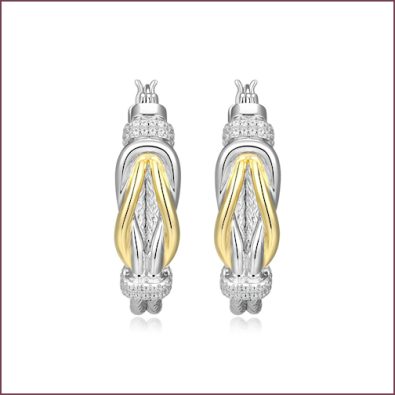Z Advice
Just because engagement ring sales are a staple in the jewelry business doesn’t mean they’re an easy sell. Some even call them a challenge at times.
“Specifically reaching the younger Gen Z and Millennial groups,” concedes Sam Hupp, vice president of sales and marketing for Paris 1901, a division of Prime Art & Jewel.
This is a familiar issue for many given that today’s first-time married couples hail from these two generations. Millennials were born between 1981 and 1996 and are the largest generation in American history, while Generation Z was born between 1997-2012. Both groups are adept at technology, have access to vast amounts of education and knowledge, can be collaborative in nature, and aren’t ‘married’ to traditional milestones like marriage or home ownership. Both groups also like to put their personal stamp on designs like engagement rings, so customization is a crucial offering.
“The next generations want to feel special—they don’t want the same antiquated process of ordering an engagement or bridal ring as their parents and grandparents because their entire worlds are different,” adds Hupp.
Gen Z, in particular, is smarter and “have done their research,” he continues. “That being said, they still want to be shown options and treated like an individual. The experience is everything to Gen Z.”
And just as each Zer has different tastes and style preferences, so, too, should their engagement ring offerings. Manufacturers reveal a wide range of Z design penchants, from classic and delicate solitaires with larger center stones to über modern color combinations like black and gold. “Just a little bit unconventional and very unique,” says Valerie Fletcher, vice president of design and product development, ODI.
While Gen Z won’t follow pack inclinations, they will still follow trends like modern yellow gold settings, vintage effects, micro pavé, and hidden halos. “They just want it to be their own,” observes Theresa Namie, merchandise manager, Ostbye.
Fletcher agrees. “Gen Z’ers celebrate their cultural, ethnic, physical, and gender diversity, and they are eager to express their authentic selves,” she says.
Something else they do? Reject consumerism, opting to thrift, recycle, or upcyce over buying a newly manufactured product. To capture those clients, consider promoting your estate case.
“Offer pre-owned or vintage natural diamonds that can be restyled into a custom ring,” notes Fletcher. “This avoids any adverse environmental impact of mining, allows the customer to create something unique, and reduces your inventory of old trade-ins.”
At Shefi Diamonds, its Baby Bridal collection is designed with Gen Z in mind, according to Surbhi Jain, marketing director. Pieces include modern styles that resonate with the younger generation as well as possessing attractive price points. And while many engagement ring buyers today are lured by the bigger sizes and lower costs of lab grown diamonds, Shefi recommends naturals to its clients “for their authenticity and timeless value,” says Jain.
Hupp sees a flip side in choices—his ever-pragmatic Gen Zers are buying synthetic diamonds for their value. It makes sense when “you consider that marriage actually makes life more affordable by sharing income,” he states.
Namie see offering both as a fair solution. “What we see is the stores educating their clients about both options to let them make an informed decision,” she says.
And while diamonds grab most of the spotlight in engagement ring sales, it’s important to remember that colored stones are starting to surface as strong options. It’s a move that PeriLynn Glasner, design and marketing director, Lali Jewelry, sees this happening among his Gen Z buyers, who love minimalist styles “perfect for everyday wear,” she says.
Finally, after choosing the ring, Gen Z will need to keep it clean, advice which Pam Waclawski has in spades. Waclawski is the vice president of sales and marketing at The Kingswood Company, a maker of a proprietary blend of jewelry cleaner that stores can carry for shoppers. She says that while hacks “thrive” on the Internet, they often omit the risks of using cleaning agents “not formulated specifically for jewelry, like ammonia, toothpaste, or vinegar,” she says.
“While your customer may wish to never take off that beautiful ring, the truth of the matter is that sometimes it’s best to do just that,” she urges. “Rings should be left in a safe place when one is cleaning, exercising, swimming, gardening, and sometimes even when cooking or baking.”

